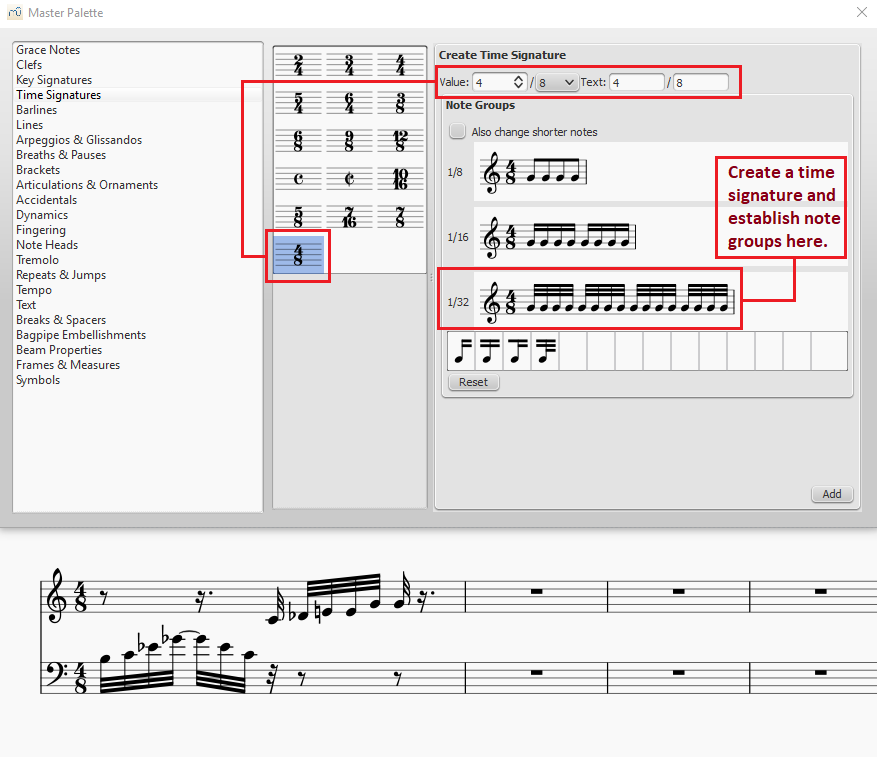

It’s equivalent to a quadruple of whole note rest. The longa rest is one of the largest rests in terms of duration. When you see any of the previous rests followed by a dot, it means that the duration of silence should be one and a half the length of its undotted counterpart.ĭue to its mathematical complexity, this one is rarely used in modern musical notations except in compound meters, such as 12/8. This one isn’t a separate rest on its own but rather an indication of a rest. This is the shortest rests that are used in modern musical notation, although values used to go as low as 256th note with a British name that takes the “Hemi-demi-semi” thing to a whole new level of complication! 9. This one is known as “hemidemisemiquaver” or “semidemisemiquaver” in British and drawn with a 4th opaque circle with a flick on the same base structure. The note rests keep getting smaller until it reaches the sixty-fourth rest.

To distinguish the thirty-second note rest, you add a third opaque circle with a flick. It carries the same base structure as the eighth and the sixteenth note rests. The thirty-second note rest, also known as “demi-semiquaver” in British represents the silence period played for about 1/32 of a durable of a whole note or half the duration of a sixteenth note rest.ĭrawing the thirty-second note is quite simple. Also, it sits on the bottom line of the 5-line musical staff. Its symbol is extremely similar to the eighth note rest but it has an extra opaque circle with a flick that is hanging out from the center of the “7” structure. It’s called “semiquaver rest” in British and represents a silence period of 1/4 a beat or 1/16 a note in a 4/4 time signature. Sixteenth Note Restīased on the previous note rests, it’d be easy to predict a lot of the elements of the sixteenth note rest. All you have to do is draw a number “7” in the middle of the 5-line musical staff, then attach a tiny opaque circle over the tip of the 7’s head.Īn eighth note (American) or a quaver (British) is a musical note played for one eighth the duration of a whole note (semibreve), hence the name.
#Unbeamed thirty second notes full#
This one covers a silence duration equivalent to 1/8 of a full note, which is equivalent to half a beat in a 4/4 time signature.ĭrawing this note is quite easy, especially when compared to the quarter note. Next up we have the eighth note rest, which is also known as a “quaver rest” in British. Because the symbol is quite difficult to draw, some people might use the older music symbol. This one covers a duration of silence that is equivalent to a quarter a note, which in most cases is a single beat, depending on the time signature of the music.Ī quarter note rest looks like a warped or skewed letter “Z” with a small “c” attached to its bottom. However, its rest duration is quite easy to grasp. This rest is one of the most unique when it comes to drawing. The quarter note rest, also known as the “quarter rest” or “crochet rest” in British. The only difference here is that this one is drawn so that it’s sitting on the third line from the top of the 5-line musical staff (the middle line). They’re related to half notes in which they cover half of the duration of a whole note.Ī half rest means that you have to pause for 2 beats in a 4/4 time signature or half the length of a whole rest.Ī half note rest is drawn as a filled-in or opaque rectangle, exactly as the whole rest and the double whole rest. The half note rest, also known as “half rest” in American and “minim rest” in British. In most cases, they’re usually drawn as an opaque or filled-in horizontal rectangle that starts from under the second line from the top of the musical staff.īut, they can be drawn in a ledger line or other different lines in some polyphonic passages, especially when two instruments are denoted on the same staff and only one of them will be silenced.

However, it might occasionally indicate a rest for the whole note’s duration in longer time signatures, such as in 3/2 or 5/4. So, if you see a whole note rest, you should pause for 4 beats.Ī semibreve rest will usually apply for an entire measure. This one has the same time duration as the whole note in a 4/4 time signature. Whole Note RestĪ whole note rest is also known as “whole rest” or “semibreve rest” in British. Breve rests are usually used to indicate long silent pauses that aren’t split into separate bars. They’re usually drawn as an opaque or filled-in vertical rectangle that occupies the whole space between 2nd and 3rd lines from the top of the musical staff. It’s considered the second long rest value that is still in use in modern sheet music.Īs the name suggests, this note indicates silence for double the duration of a whole note, which means that the player should pause for 8 beats in a 4/4 time signature. A double whole note rest is also known as a “double rest” or “breve rest” in British.


 0 kommentar(er)
0 kommentar(er)
